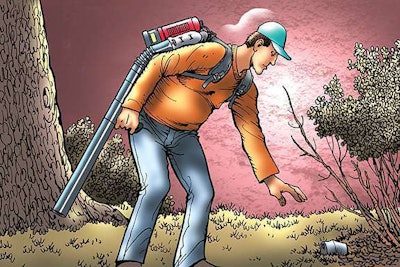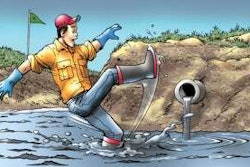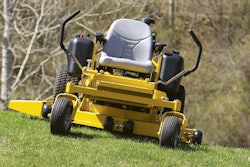

The accident: A landscape crew member is performing routine maintenance work at a mall using a leaf blower. He leans down to pick up something, and a branch pokes him in his left eye. He punctures his eye and lacerates the cornea. The injury requires surgery, and the worker is hospitalized for two days.
The bottom line: The worker should have been wearing safety glasses and other job-specific personal protective equipment (PPE). However, keeping eyes protected is a large issue for many crews. Eye protection is the most challenging PPE category, according to 42 percent of respondents in a Bureau of Labor Statistics (BLS) survey. And that number can be seen in the number of eye injuries – about 2,000 U.S. workers have a job-related eye injury that requires medical treatment each day. So, how do landscapers get their crews to actually wear the right PPE?
- Perform a hazard assessment of the jobsite to determine what PPE is required: eyewear, hardhats, footwear, gloves, clothing or hearing protection.
- Train employees in the use and care of PPE.
- Personal prescription-corrective lenses do not count as safety glasses, so make sure the employees wear either eye protection that incorporates the prescription or fits over their glasses.
- The safety glasses should protect against specific workplace hazards, fit properly, be reasonably comfortable to wear, provide unrestricted vision and movement, be durable and allow functioning of other required PPE.
- If the protective eyewear is shared among the workers, the employer needs to make sure the safety glasses are disinfected after each use.










